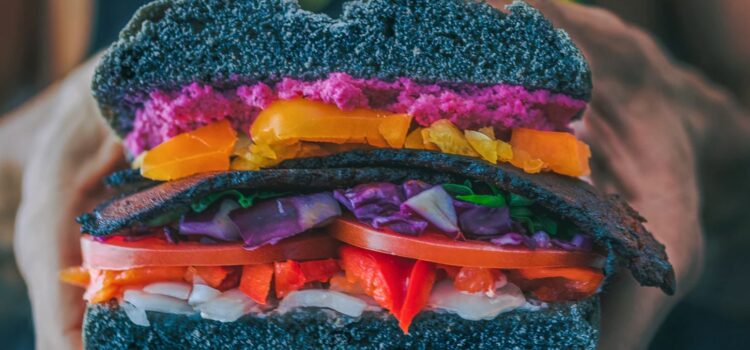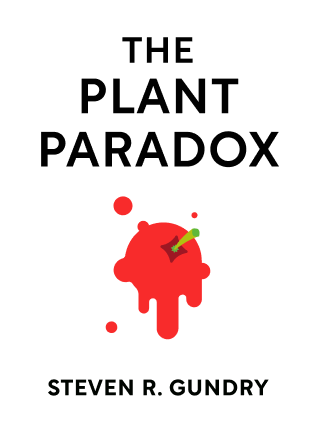

This article is an excerpt from the Shortform summary of "The Plant Paradox" by Steven R. Gundry. Shortform has the world's best summaries of books you should be reading.
Like this article? Sign up for a free trial here .
What are foods high in resistant starch? Is it possible to have a healthy starch?
Resistant starches don’t cause your insulin to spike. They’re great, nutrient-dense food options.
See why foods high in resistant starch are good for you and see a list of resistant starches.
Healthy Starch: Myth or Reality?
When you eat sugar and the glucose enters your bloodstream, your body releases insulin in response. That insulin then fits into the docking port of three types of cells to give them each instructions on what to do with the sugar. Keep reading to find out more about how starches work, and to see a list of resistant starches.
- In fat cells, the insulin instructs the cell to convert the glucose to fat and store it.
- In muscle cells, the insulin helps the cell to absorb the glucose and use it as fuel.
- In nerve cells (neurons), the insulin helps the cell to absorb the glucose and use it as fuel.
There is a subset of starches called resistant starches—such as yams, taro, and plantains—that don’t have the fattening, disease-inducing effects of corn, rice, wheat, and other starches. Resistant starches don’t get broken down into glucose (blood sugar), but instead pass through the small intestine intact.
Since resistant starches don’t become sugar, your body doesn’t release fat-storing insulin. Furthermore, resistant starches nourish and increase the amount of good gut microbes, which has multiple benefits:
- Helping digestion and nutrient absorption
- Nurturing the mucous layer in your gut, which helps prevent lectins from breaching the intestinal wall
Foods high in resistant starch also help control weight gain by:
- Reducing calorie intake when you substitute them for wheat flour and other carbs
- Helping you feel full longer
- Promoting fat burning and minimizing fat storage
Foods High in Resistant Starch
List of Resistant Starches: Go heavy on the foods high in resistant starch, which nourish your good microbes and help digestion and nutrient absorption. These include plantains, parsnips, jicama, and turnips.
Fruits: You can have one avocado a day because it has good fats, and enjoy unripe papayas, unripe mangoes, and unripe bananas because these are resistant starches. Other fruits must be limited, including berries, cherries, apples, peaches, plums, and citrus (not juice).
Corn Is Not a Healthy Starch
When you start the PPP you’ll realize that corn is everywhere: Fast food and processed food use corn oil, cornstarch, cornmeal, corn syrup, and other corn products—even meat contains corn from the animals’ feed.
What’s worse, most of the corn fed to livestock is a GMO called Bt corn. Bt corn has a gene for a powerful lectin that no one is immune to. This corn also contributes to osteopenia and osteoporosis in chickens; per rule number 4, that means you’re at a higher risk of these diseases, as well, when you eat the meat and eggs from those chickens.

———End of Preview———
Like what you just read? Read the rest of the world's best summary of Steven R. Gundry's "The Plant Paradox" at Shortform .
Here's what you'll find in our full The Plant Paradox summary :
- Why eating more vegetables isn't enough, and why some vegetables are toxic to your body
- The science behind lectins and how they tear apart your body, making you fat and sick
- The 6-week program to get your body back on healthy grack







The plant paradox is chock full of just that – paradoxes. Much of his referencing is circular and lies on shaky foundations in scientific research.
Glucose is the body’s preferred energy source, the most basic yet fundamental example being cellular respiration and the TCA cycle. Lipogenesis only begins after adequate energy supply is provided, which then interrupts the TCA cycle and releases citrate for biosynthesis of fatty acids. It’s true that excess glucose can create the space for lipogenesis, but this is more commonly an issue of poor dietary choices (refined sugar, etc) and over-portioning.
Lots of things are also left out. Complex vs simple carbohydrates, which behave VERY differently. Lectin deactivation via heating. Phytate digestion via soaking/sprouting/pressure cooking. Our ancestors soaked all grains, legumes, and sprouted many seeds to remove these barriers. We simply no longer practice this.
The guy just wants to sell this half-truth to promote more sales of his products.